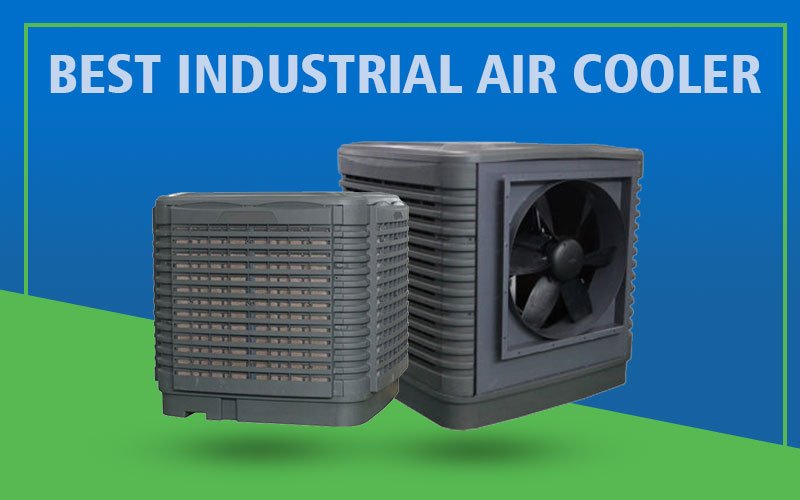
Industrial air cooler are the need of hour to provide natural, 100% fresh & healthy cool air to effectively cool industrial work floor. Industrial air coolers are also referred to as industrial evaporative cooler or industrial ductable coolers. Industrial Coolers are used to cool large open spaces like factories, ware houses , sports complexes economically and with lesser running cost. As Such these industrial air cooling systems are also used as a cost-effective industrial cooling solution hot and dry climates like Jaipur, Indore , Gurgaon, Manesar in India.
1. Where we can use Industrial Cooler?
Industrial coolers function on evaporating of water by hot air principle. The incoming hot air vaporise the water falling on the pads. The vaporisation of water takes away latent heat of air and in the process cools the air and increases its moisture level called relative humidity. They are more eco-friendly and efficient in energy consumption than traditional air conditioners. Generally, they are also more powerful than normal exhaust fans. Mainly, they are used to cool Factories, workshops, sports arenas, warehouses, manufacturing plants, commercial offices, and hangars. Others are gyms, loading docks, large tents, garages, marriage halls, Religious congregation, etc.
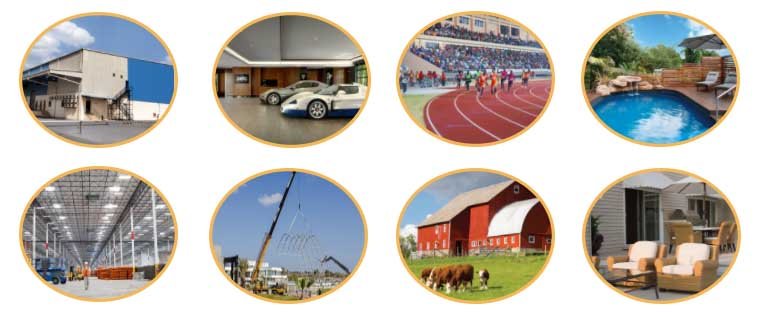
2. Types of Industrial Air Cooler
a) Portable Evaporative Coolers
Also known as industrial Portable Air Cooler, are a type of industrial evaporative air coolers. these are mostly used in industrial places, commercial areas like warehouses and garages, Govt offices, hostels, Banquet halls, etc.. They can also be used other outdoor areas like patios. The capacities ar upto 18000 CMH to cover an area of up to 2500 SFT with single Cooler.
b) Ductable Evaporative Air Coolers
These are built mostly for huge commercial or industrial complexes to cool the space uniformly. The air is distributed through rectangular or spiral-shaped ducts, The air is discharged to the required space through nozzle diffusers or Linear or DL supply Air Grills. Industrial air coolers include Roof Installed or wall-mounted air cooler, side discharge cooler, and down discharge cooler. Typically, the Airflow capacity is up to 30,000 CMH per unit.
Three Ways to install Ductable coolers :
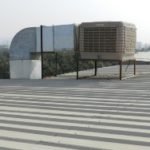
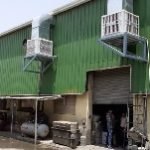
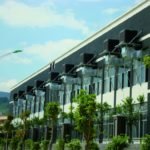
The range of an intsalled cooler is determined by air direction, i.e. how the cooling machine discharge the air :
(i) Top Discharge Air Cooler: are capable of cooling a whole room/house or an entire workshop.
(ii) Down Discharge Air Cooler: These are located on the roof and release cooled air downwards. The cool air discharged directly into the targeted building and can be used to cool entire homes.
(iii)Side Discharge Air Coolers: are normally placed on the side of a building, but also on the roof. They use an straight or U -bend to discharge the cool air in targeted space based on its placement on wall or roof.
3. Is an Ductable Industrial evaporative
cooler better than Air Conditioning unit?
When operating a huge industrial plant, traditional air cooling methods can be expensive or ineffective at fighting extremely high temperatures. However, industrial air coolers come with large water tanks or float valve connection to ensure continuous water supply if connected with overhead Tanks.
Industrial air coolers work in Best in open areas
Other than being cost-effective, industrial coolers produce 100% fresh air. They also don’t recirculate the same air like the air conditioner. This fresh air helps to increase productivity, promote the feeling of well-being and sustains higher and better concentration levels. An air conditioning unit is highly recommended for domestic use, small industrial rooms, and offices.
Affordable running costs for an Industrial Air Cooler
Although the installation of an evaporative cooler is same or little expensive than ACt, but it is a feasible cooling solution for the most industrial buildings. The running cost is less by 70-80% compared to Air conditioning. As such , recurring expenses are little compared to an air conditioning system of equivalent capacity.
4. How to Calculate the Size of Industrial air Coolers?
An industrial air cooler’s cooling power is based on how much airflow it can generate. It is for this reason that these coolers are categorized by airflow. They are typically rated in cube meters per hour (CMH), or cubic feet per minute (CFM). This calibration measures the total amount of air an air cooler can discharge or move per unit time.
CMH= Area of space im m2 x Meight in M x Air Changes per Hour
For example:
If need to cool an area of 10 mtr x 10 and ceiling height is 10 Mtr
Air changes per hour = 20 times
Total amount of air replaced or required to cool per hour = 100×10 m3 x 20 times = 10,000 cubic mtr.
You will buy a cooler unit with a 10,000 CMH rating.
P.S.: Air Exchange Times Required Under Different Circumstances
5. Important points to Consider When Buying a Best Industrial Air Coolers
ndustrial plants require various kinds of maintenance Equipments . These are required to keep the operation and performance of their machines and equipment smooth. One of them is a proper and efficient industrial air cooler. It’s used to make sure an industry’s overall environment remains safe and well-maintained at all times. Air cooler come with a variety of features but here are some of the important ones that can be of great benefit to you.
So, what factors should one evaluate when planning to purchase for the best industrial cooling system?
Case material & thickness
Fresh material or recycled material? If used fresh material, it could be used for 10 years, while if use recycled material might have some problem after 1-2 years. The case material used should be fresh and not from recycled materials in order to guarantee long life. It should also be of the right thickness. Generally the thicker, the better.
Cooling pad
For an industrial cooler to function effectively, it needs to have the right cooling pad based on size and thickness. The thicker and bigger the cooling pad, the better the cooling performance.
Fan for Motor wiring
100% copper wiring is best suited for a cooler in order to be effective and work well. Some manufacturers use aluminum wound motor to be cost-effective but will end up compromising the quality of the product.
Checking airflow volume
Thoroughly check the airflow volume because some suppliers indicate a higher value than what is in the specification sheet. This may be misguiding and you will end up with an industrial cooler that doesn’t meet your specifications.
To ensure you are not dubbed into buying a cooler that is short of your specifications, calculate yourself the air flow volume. By doing these you will be certain you have the right product.
Here is a formula to calculate: Airflow volume (m3/h) =Average speed (m/s) x Air Outlet area(m2)
6. Tips for installing an industrial evaporative cooler
– Mounting the cooler
An Industrial Air Cooler needs to be installed outside your home or premise. You can fix it in different locations, depending on the type of cooler one have chosen and the space available to keep it…
Roof-mounted: These are the most common air coolers, although they are more difficult to maintain.
Wall / Window Mounted: It is easy to carry out maintenance on a wall/ window-mounted unit. They also reduce the chance of house leaks. However, it is important to note that wall/ window mounted coolers blow chilled air in the house into a central area. They are highly recommended for small homes or bigger apartments with specially installed ductwork.
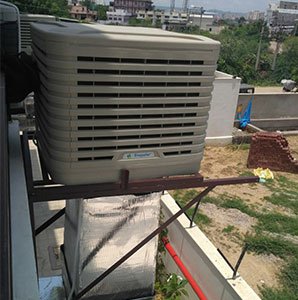
Installation height
Industrial air coolers should be installed at least 10 feet away or 3 feet below plumbing combustion appliance vents, plumbing vents, exhaust fan vents or clothes dryer vents. Make sure to keep fuel, yard chemicals, and solvents away from the cooler.
Check Float
Always check the float valve after every pump cycle. This way, you will ensure that the float is not set too high, causing the reservoir of water to overflow.
Maintenance distance
Provide at least 3ft of clearance on the side of the equipment that requires access for maintenance. This is a code requirement for all sides with electrical parts.
Use closed-eye Hooks
To hang your coolers safely and securely, use closed-eye hooks. However, take care not to lift the open-eye hook from the chain and leave your equipment unsupported when removing the frame.
The water line
An industrial air cooler needs a steady supply of clean water. Make sure to connect the water line to the system from an outdoor water source with cut-off valves. A cut-off valve is highly useful when you need to drain your system at the start of the winter season to minimize damage from harsh weather.
Power up
Before powering up your cooling system, confirm that there are no leaks. Also, fill any void spaces around the cooler to prevent cooled air from escaping the system. Once you have confirmed all these parts are set, you can switch it on. If you are unfamiliar with the electrical connections, it is highly recommended that you seek the services of a certified electrician.
7. How to maintain Industrial cooler
If you are looking for a cooling system for commercial buildings or industries, opting for industrial evaporative coolers would be a great option. Listed below are some tips that can help maintain industrial air coolers.
Regular Change of Cooler Pads
Change Cooler pads regularly. Pads are pressed against the cooler. Leaving old pads that have dirt and minerals accumulated on them can cause the cooler to deteriorate, To avoid rusting it always good to change pads before start of summer season. Most people who fail the change the pads to save money ultimately have to spend more in the long run as they may have to change the entire cooler instead of just the pads.
– How often should you replace the industrial evaporative air cooler pads?
1) Reduced air flow
If your commercial air cooler is not cooling as much as it did in the past, a possible reason for this problem could be due to the particles that get caught in the pads. To solve the problem, an economical solution would be to replace the pads. However, it does not solve the problem; it is recommended to move on to more troubleshooting.
2) Types of materials
The type of materials used in the pads is one of the factors that decide whether a pad need to be replaced yearly or can last for years. While cellulose pads need to be replaced less often, pads made of cheap materials such as aspen may be required to be replaced each season.
3) Yearly Maintenance
Generally, pads may not be required to be changed every year. However, if the pad has lost its thickness or if the material has become frayed, it is best to get a new pad.
Protection for Your Cooler
Keep Your Cooler protected Investing in a cooler cover will help prevent outdoor air from entering your home or building. Sometimes coolers have dampers. However, if your cooler does not have one, installing a cooler cover will help increase the life of

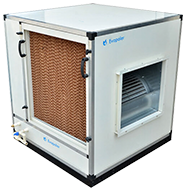

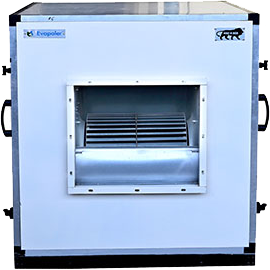
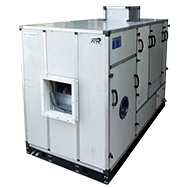
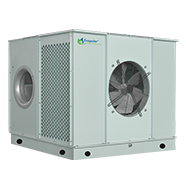
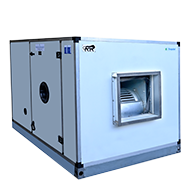
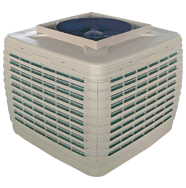


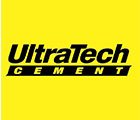



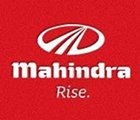







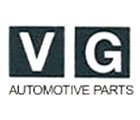

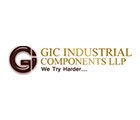



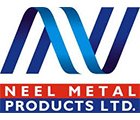

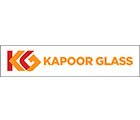


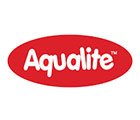
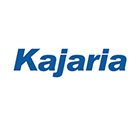




 Download Brochure
Download Brochure  Customer Care
Customer Care